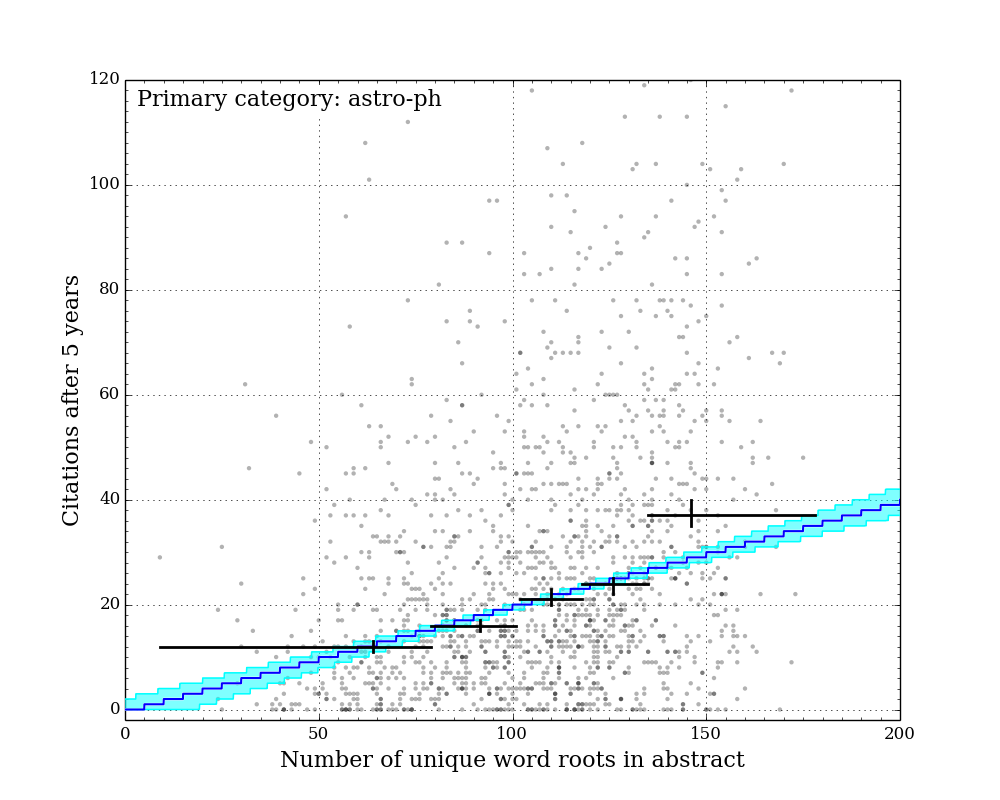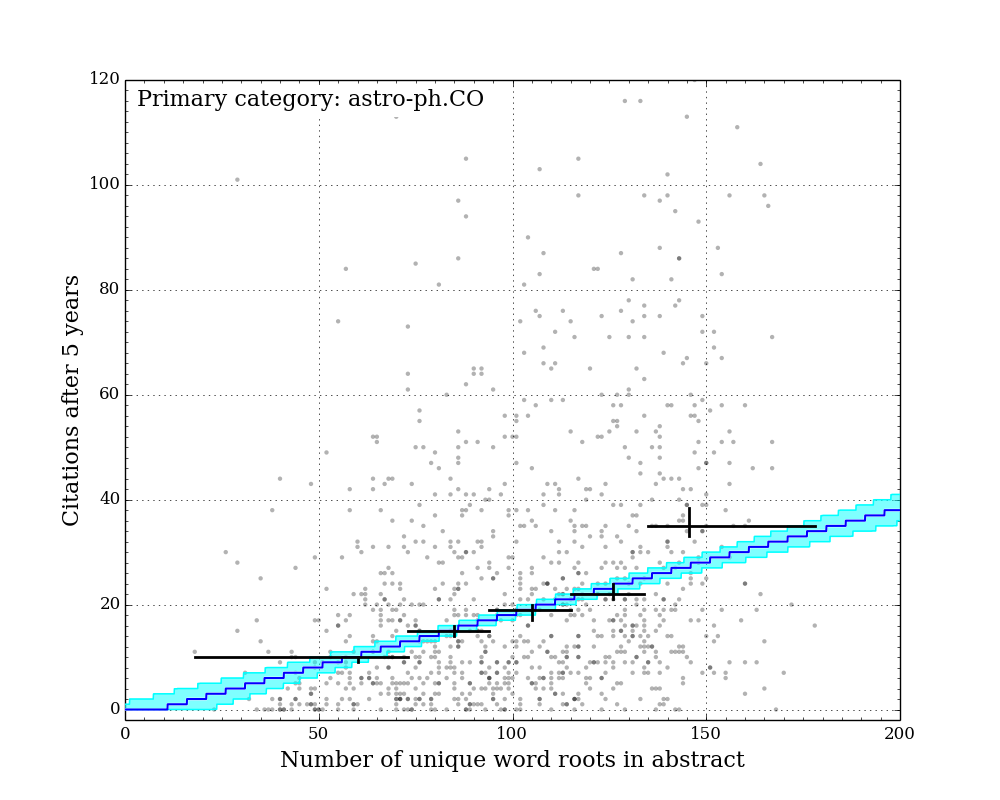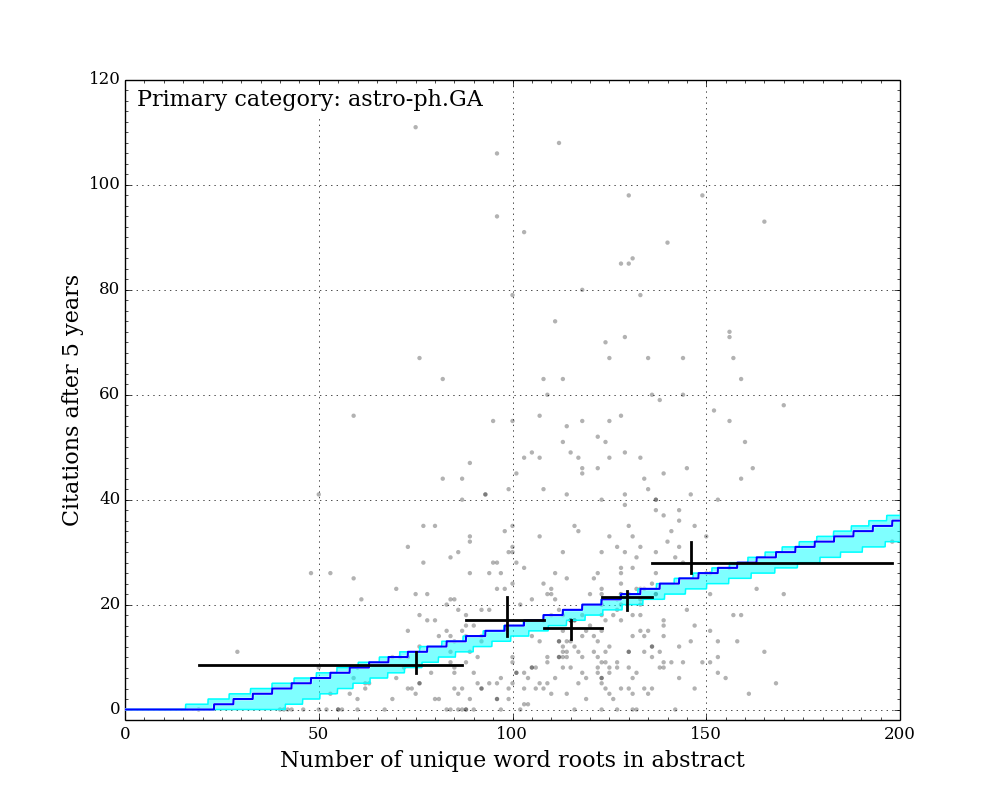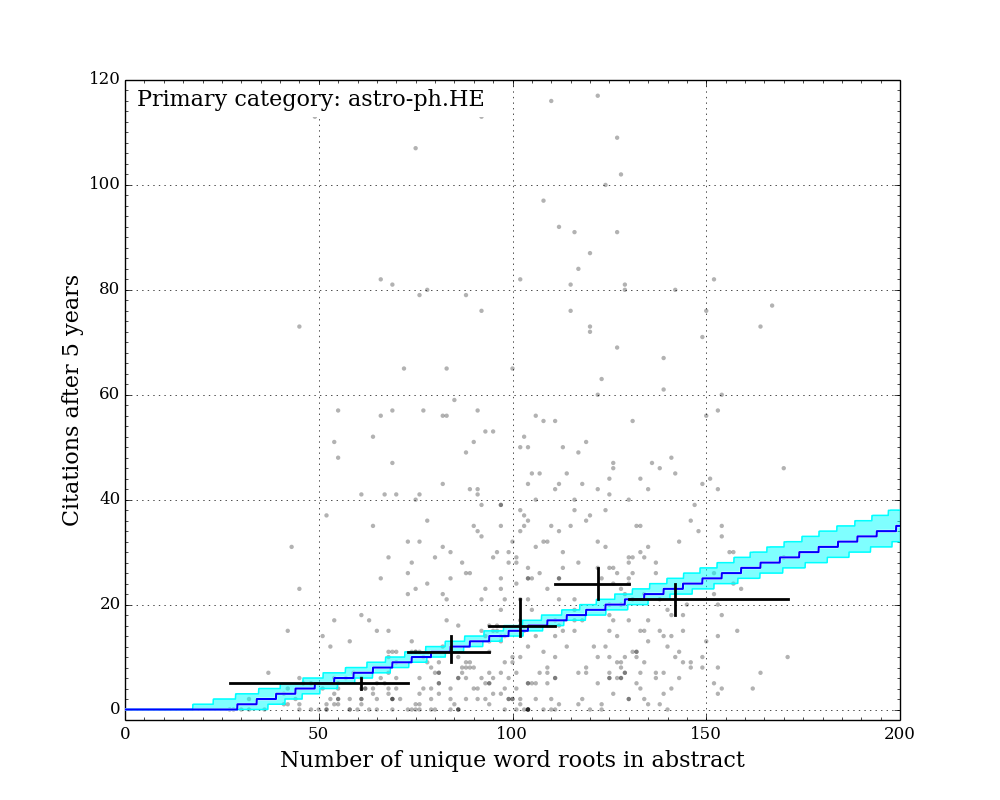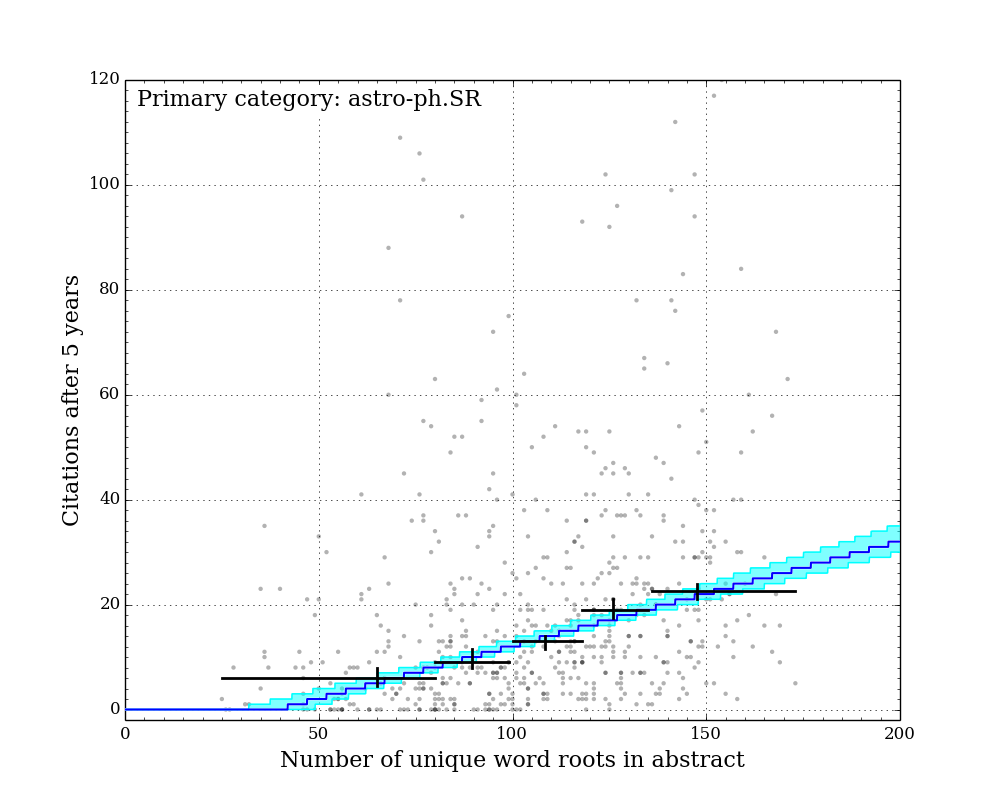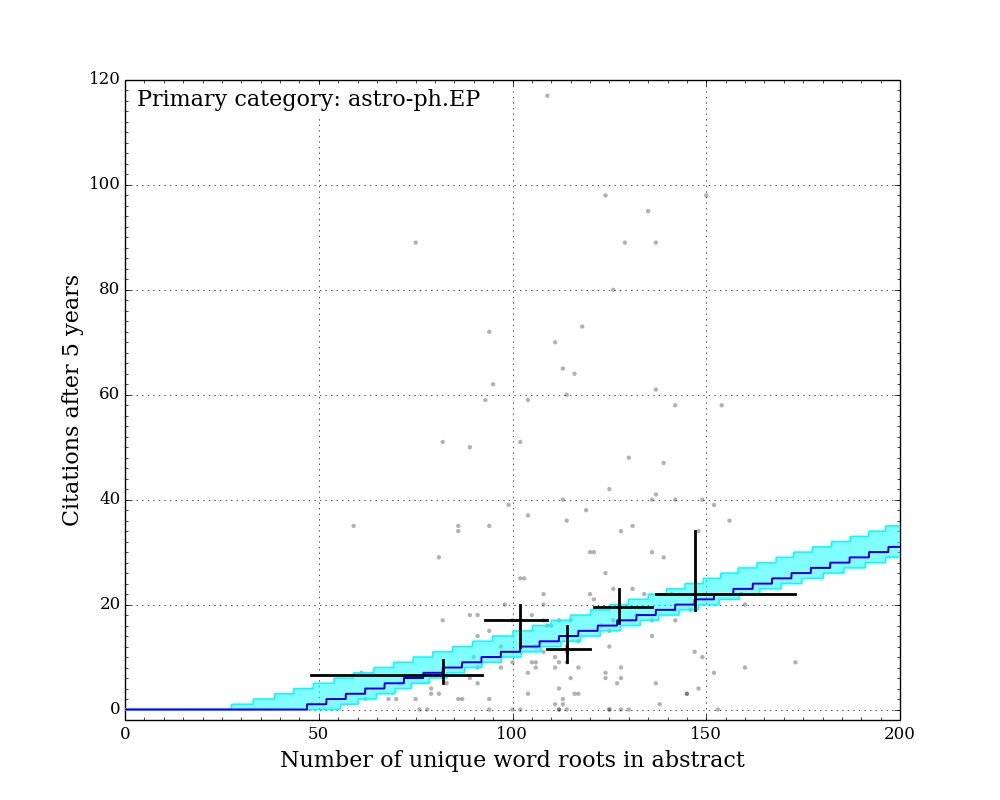Trans-Neptunian Space and the Post-Pluto Paradigm
In 2019 and early 2020, I wrote a review chapter to appear in The Pluto System After New Horizons book. After some COVID-related delays, the book is now published and I can share the manuscript.
In my chapter, “Trans-Neptunian Space and the Post Pluto Paradigm,” I reviewed what the flyby of Pluto and its satellites revealed about the vast populations of minor planets beyond Neptune. There was a lot of ground to cover, so here are some of the highlights.
New estimates of the size-frequency distribution of TNOs from 0.1 km to 1000 km.
A size-frequency distribution describes how a population is portioned into different sizes. For TNOs, large objects are much rarer than smaller objects. The properties of the size-frequency distribution of a population of minor planets can provide important insights into the origin of that population and to the processes that have driven its evolution over the age of the solar system.
For us Earth-bound observers, TNOs are distant and faint. Direct detection surveys from ground- and space-based telescopes have done a good job of characterizing the size-frequency distribution of TNOs down to diameters of a few tens of kilometers. Searches for serendipitous stellar occultations have turned up a handful of candidate events consistent with occultations by small (~1 km) TNOs, but by far the richest dataset we have to constrain what is happening at small sizes is the crater records of Pluto and Charon.
I created a forward-modeling framework to simulate crater records on Pluto and Charon given a proposed population of impacting TNOs, and used a likelihood-free inference framework to determine the properties of that impacting population. By drawing priors for the population’s model parameters from past direct-detection surveys, I was able to merge what is known from those surveys and from the crater records. The result is a model of the size-frequency distribution of TNOs ranging in size from 0.1 km to 1000 km. This analysis is discussed in section 2.1
The cumulative size-frequency distribution of TNO populations that interact with the Pluto-Charon system, merging crater information and direct-detection information.
Inferred parameters for the small-object and mid-size object slopes of the size-frequency distribution of TNOs.
Evidence for binary impactors in the Pluto and Charon crater records.
Craters on Pluto and Charon tend to have nearby neighbors of similar size — more so than you would expect from an integrated history of solitary impactors. Using a model that tracks terrain-based selection effects, I was able to show that a binary-hosting impactor population is preferred. This indicates that small TNOs — much smaller than we have ever observed from Earth — often host close binary companions. This analysis is discussed in section 2.2.
How many moon-forming events did large TNOs experience?
Moons are ubiquitous among the largest TNOs, but the properties of those moons vary wildly. Pluto’s complex system of satellites — one giant inner binary with four tightly-packed small satellites outside — appears to stand out as unusual even given the range of oddities of other systems.
Most moon-forming hypotheses rely on stochastic one-off events — a massive collision generates a huge disk of material that re-accretes into one or more satellites, for example. However, if the probability of one of those stochastic moon-forming events happening is independent on whether or not another one has already happened, then the ubiquity of satellites around the largest TNOs demands that some of these moon systems must be the outcome of a series of moon-forming events. Perhaps, then, the unusual properties of Pluto (or other complex systems, like Haumea, its two satellites, ring, and collision family) can be better understood in the context of a chain of moderately improbable events rather than the outcome of a single very improbable one. This discussion can be found in section 3.
Where else will we see active geology?
Pluto’s surface revealed that it is a geologically active world, with a complex volatile transport cycle, ongoing convection of a giant nitrogen ice sheet, potential signs of cryovolcanism, and other active processes. Some of the other large TNOs are likely to exhibit similar active processes on their surfaces. Size, composition, distance from the sun and pole orientation all factor into the likelihood of encountering active processes on the other large TNOs. Sputnik Planitia-like convecting nitrogen ice sheets might be found on Eris today, if heat from its mantle can conduct efficiently to the surface. Consideration of potential sites of active geologic processes throughout trans-Neptunian space is discussed in section 4.1—4.2.
How many Dwarf Planets host internal oceans?
Interior structure of Eris derived from a thermophysical model of its evolution over the age of the solar system, showing potential for an extant liquid interior ocean.
A variety of signs on Pluto and Charon indicate that they both hosted liquid internal oceans in their past, and Pluto’s may survive to this day. The long-lived internal oceans of Pluto-like dwarf planets, in direct contact with the rocky cores of the dwarf planets, could be sites for the emergence of life. Which other dwarf planets are candidates for hosting extant liquid water in their interiors? Thermophysical modeling of Eris and Makemake suggest that these worlds could still host liquid water layers, but there is much still to learn about the material properties of the interiors of these worlds that could make oceans much more or much less likely. This modeling is discussed in section 4.3.
Review chapter, “Trans-Neptunian Space and the Post-Pluto Paradigm” pre-proof manuscript. PDF, 4MB, 29 pages.




